Ranah Chavoshi is turning seaweed into safe plastic.
This 29-year-old Simon Fraser University master’s student in biological sciences won first place in the 2021 Greater Vancouver YMCA Youth Mean Business Pitch Competition for this concept and is the 2022 winner of her department’s teaching award. As a 2021 Radius Fellow, she participated in a program to develop solutions for local communities.
This piece is part of a series of profiles highlighting young people across the country who are addressing the climate crisis. These extraordinary humans give me hope. I write these stories to pay it forward.
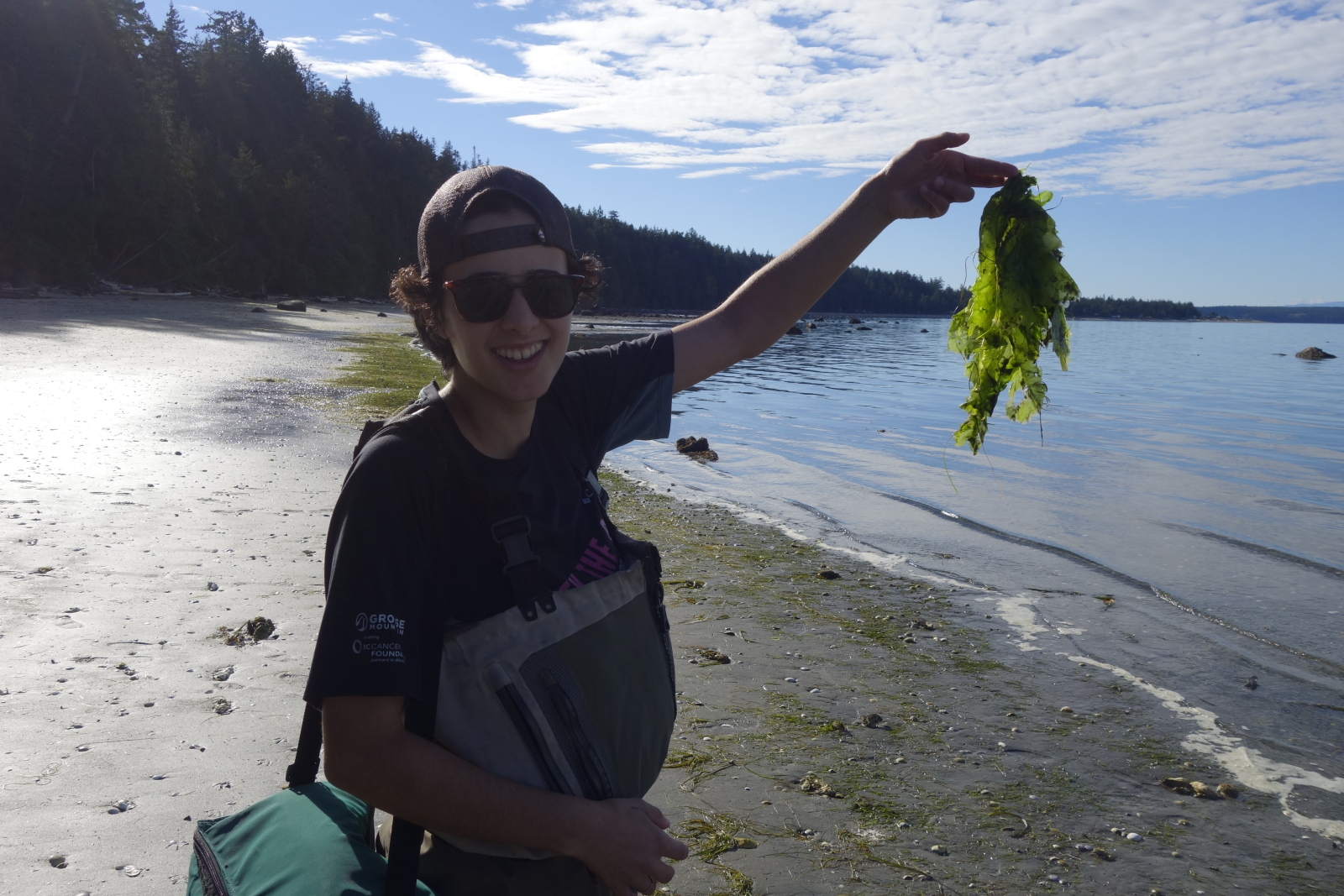
Tell us about your project.
I am the founder of PhyCo, a startup working in partnership with Indigenous Nations to manufacture biodegradable, non-toxic and petroleum-free plastic packaging.
Has this been done elsewhere?
Companies in England, California and Israel are using seaweed to create plastic film, but as far as I know, mine is the only one in Canada, and the only one aspiring to be petroleum-free. I am also exploring the possibility of using invasive sargassum seaweed to reduce the harm it is causing as it suffocates native seaweed when it multiplies.
How do you turn seaweeds into plastic?
Seaweeds must be harvested, dried, processed into a powder and mixed with non-toxic chemicals.
Why plastic film?
It is a good first product for a nature-based solution because it is a big part of our food packaging waste.
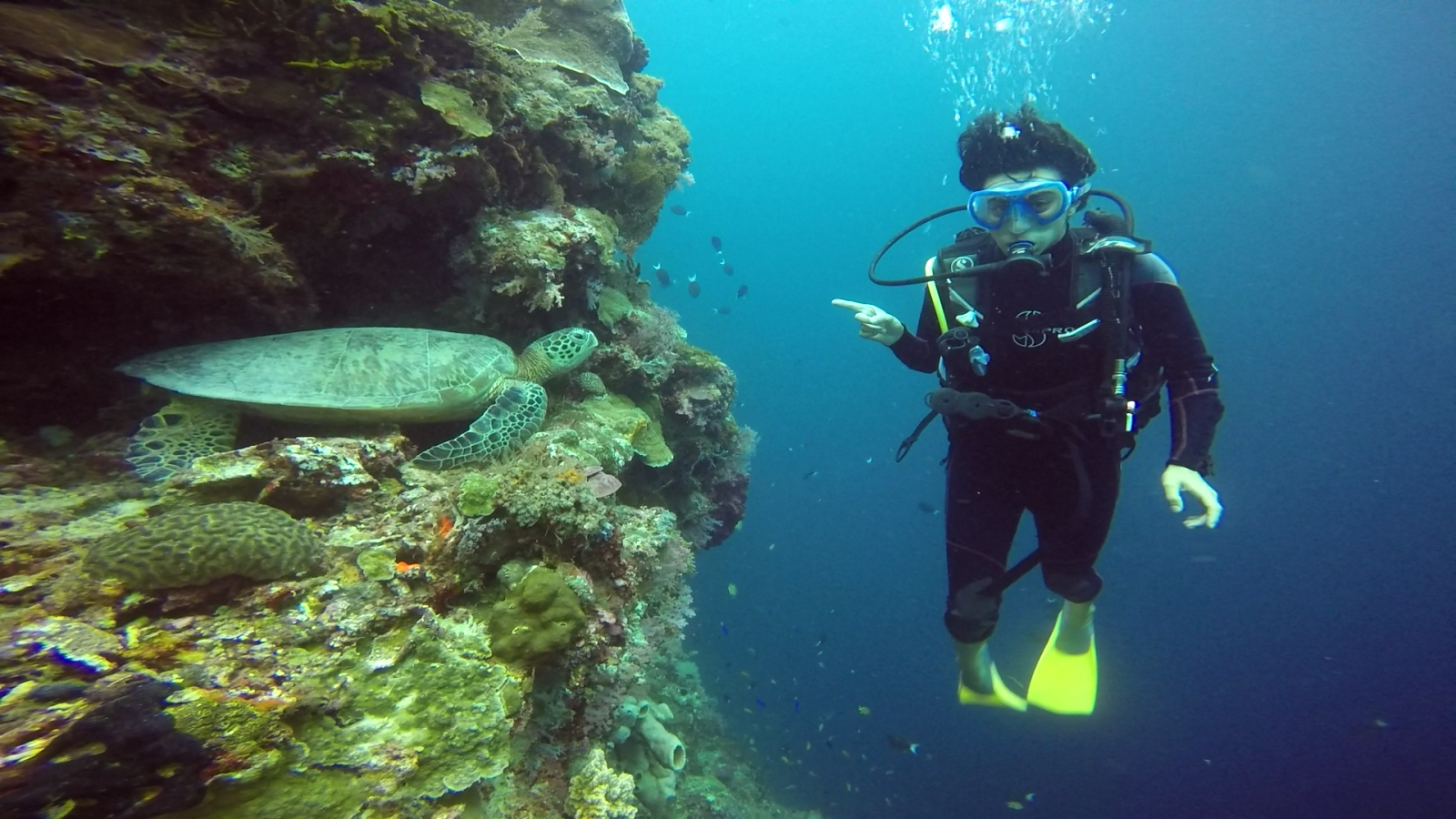
How did you come to be interested in this project?
As an undergraduate, I studied the impact of bitumen on seaweed and learned the crucial role seaweed plays in B.C.’s ocean ecology. I travelled to Malaysia during a gap year to scuba dive in Sipadan to see some of the most concentrated ocean macrofauna in the world but was deeply shocked to see the ocean waters at my departure port of Semporna overwhelmed by floating plastic packaging.
In the past, locals used banana leaves to wrap food items but I was told that plastic was considered cleaner and a sign of upward mobility. While travelling in Asia and later to some of B.C.’s more remote beaches, I found myself confronted again and again with plastic waste where it shouldn’t be. Plastic has become such an integral part of medical supplies and food preservation and the situation is so urgent that we do not have the time to quit our plastic habit, and instead must replace it with biodegradable, fossil-free bioplastics.
I returned to Canada determined to be part of the solution. My master's thesis examines the impact of a spill from the planned Trans Mountain pipeline expansion project on local seaweed species. But I want to do more than just criticize. PhyCo springs from my commitment to bring new ideas forward and be part of the solution.
How did the way you were raised impact you?
I loved being a kid in B.C. My first memory of the ocean is from a field trip to Stanley Park. Mesmerized by the teeming life in the rocky intertidal, I wandered far away, worrying my teachers. Funnily enough, that exact same spot is now one of my key research sites.
My parents are from Iran and they instilled a strong work ethic in me. My father is a carpenter, and his passion for his business made me want to have my own one day. He showed me how important it is to take the initiative to fix things. Now, when I see something that’s broken, I want to fix it.
What do you worry about?
Climate change. I am extremely concerned that we are seeing the effects of climate change locally and rapidly. Only a couple of years ago, Canadians might have seen climate devastation like fires and floods in other places like Australia, California and Greece and viewed it as a faraway problem. But it is here and happening now and devastating the lives of people I know.
Every summer, air pollution from forest fire smoke is hazardous to our health. Last summer’s heat dome killed hundreds of people and massive numbers of living things in our oceans. The village of Lytton burned to the ground. At that time, I was teaching a student whose family lost their home. A classmate's family lost their farm in the Fraser Valley floods last November. But I have hope that young people are creative and determined. My idea is just one of thousands. Mine will work and so will many of theirs.
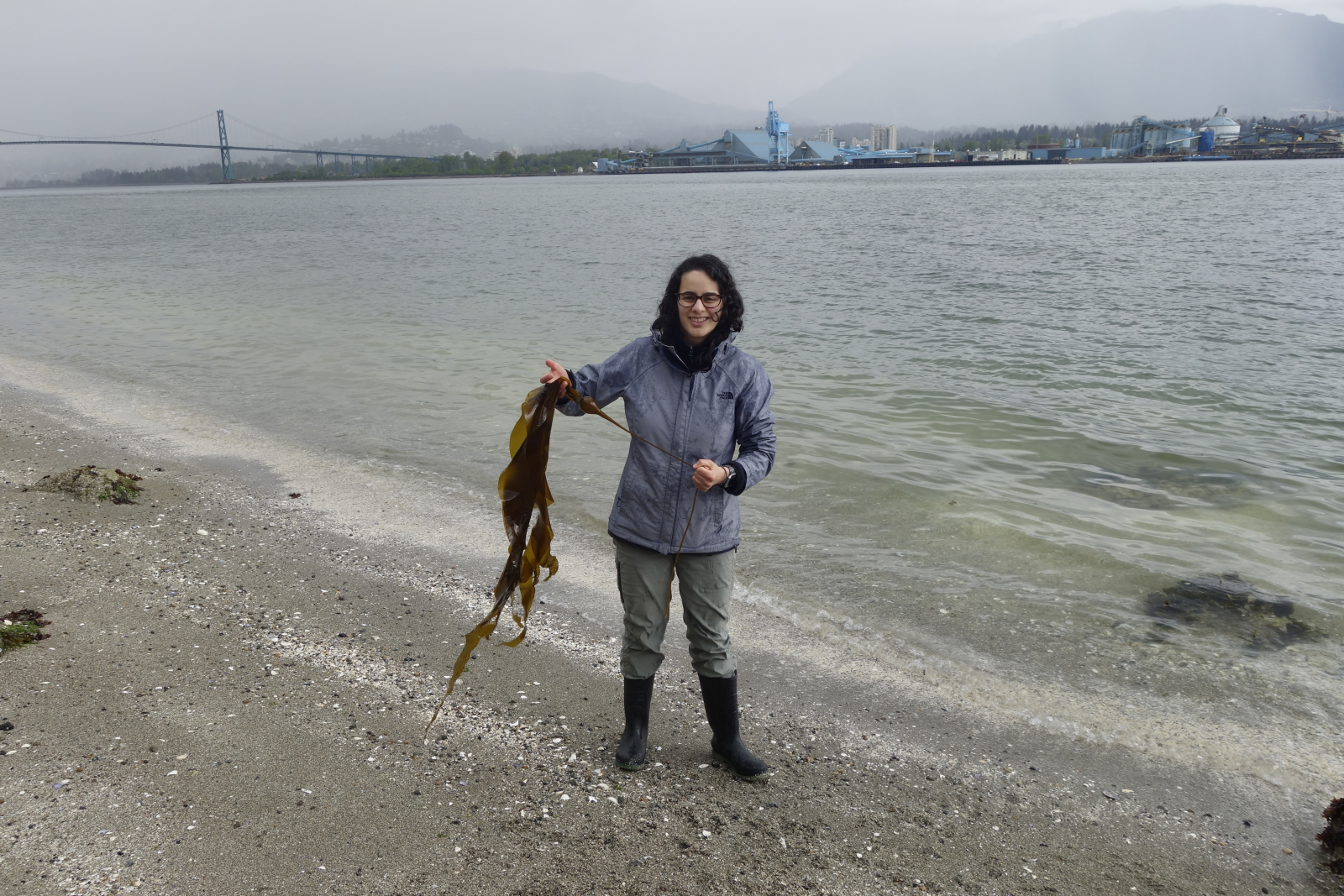
What would you like to say to other young people?
Believe in yourself!
How about older readers?
Engage! Climate change is not only a young person’s problem. It is a systematic set of problems requiring your wisdom, co-operation and support to solve. Real change requires grassroots activism, political engagement and systemic adjustments. We cannot solve the climate crisis by acting only as individuals. It’s also crucial that our definitions of progress include those directly impacted.
Better is not better if some individuals and groups are left behind.



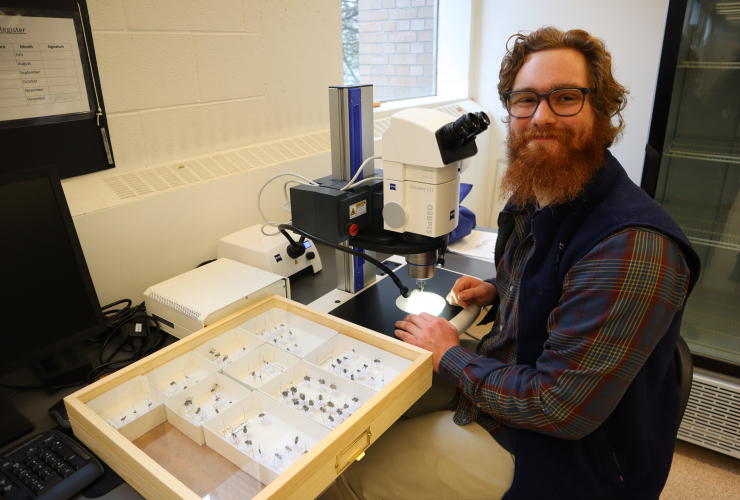

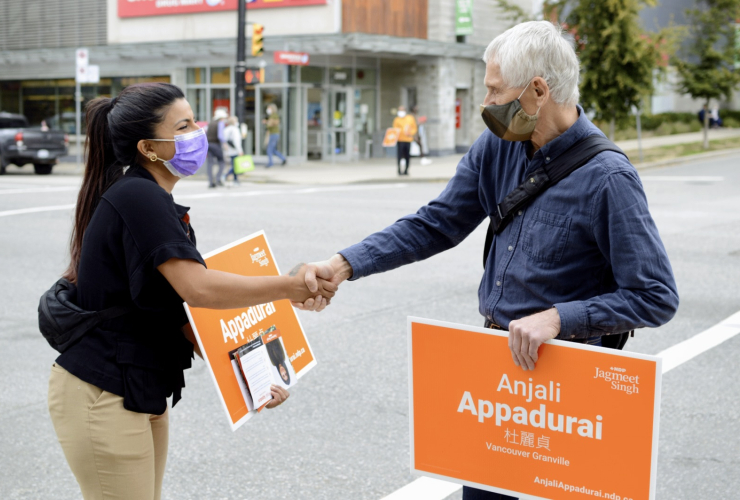
Comments